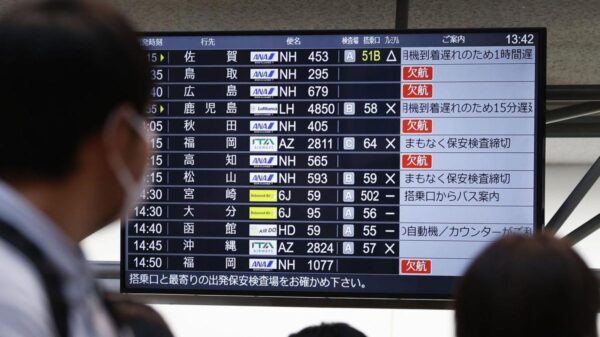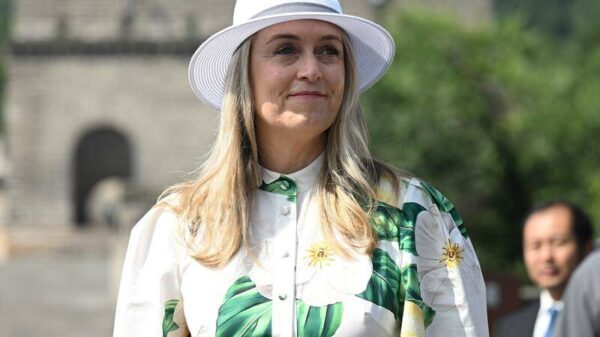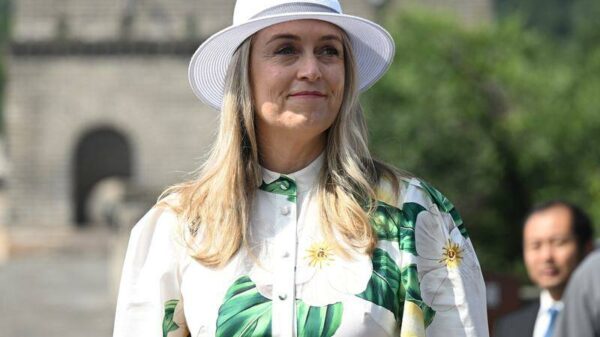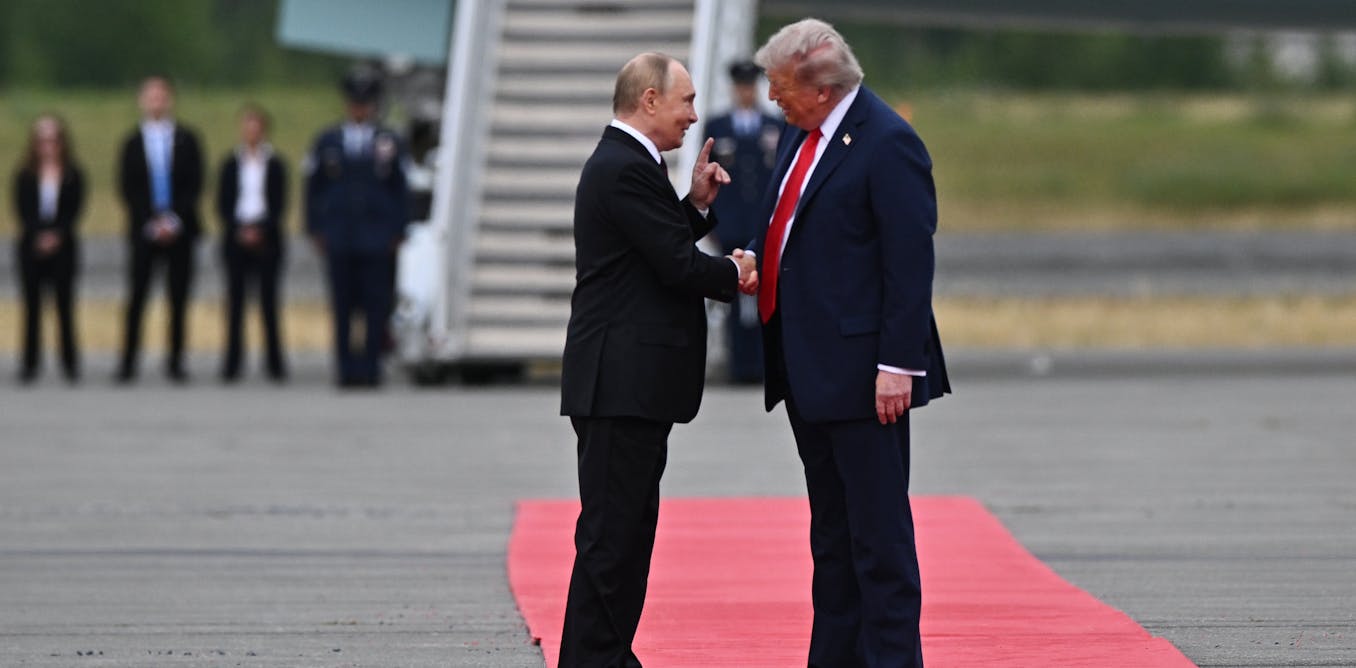The recent summit between Donald Trump and Vladimir Putin in Alaska has sparked significant concerns regarding the ongoing conflict in Ukraine. The meeting, held on March 15, 2024, concluded earlier than expected, with both leaders praising one another during a press conference devoid of questions from journalists. This lack of transparency has led to fears that the White House prioritizes its relationship with Russia over a sustainable resolution to the crisis in Ukraine.
The choice of venue was notable. Russia has long claimed that Alaska, sold to the United States in the 1860s, rightfully belongs to it. Prior to the summit, Russian media emphasized Putin’s arrival in Anchorage, accompanied by reminders of billboards that declared, “Alaska is ours!” Upon Putin’s arrival, US military personnel were seen laying out a red carpet, signaling a level of respect typically reserved for a dignitary rather than an internationally scrutinized leader. This gesture, coupled with Trump allowing Putin to ride alongside him in his limousine, further emphasized the warm atmosphere of the meeting.
The summit provided Putin with several symbolic victories, reinforcing the normalization of US-Russia relations. Traditionally, a summit is viewed as a diplomatic favor aimed at improving ties. By hosting Putin in Alaska, Trump portrayed him as an equal on the world stage. Notably, there was no mention of Russia’s extensive human rights abuses or its aggressive behavior towards NATO. Instead, Trump framed both leaders as victims of the so-called “Russia, Russia, Russia” narrative concerning interference in the 2016 US presidential election. In a concerning shift, Trump suggested that it was ultimately up to Ukraine and Europe to negotiate terms for ending the conflict, effectively placing the blame for any lack of progress on them.
Putin was able to position any future discussions around the “root causes” of the conflict, a term often interpreted as an attempt to deflect responsibility from Russia’s actions. The absence of any immediate threat of US sanctions allowed him to leave the summit with both diplomatic and symbolic gains. After a brief meeting, he departed without engaging in further discussions, leaving behind a sense that the initiative had shifted in favor of Russia.
The implications of this summit for Ukraine are troubling. Reports suggest that Putin is willing to establish the current front lines in the Kherson and Zaporizhzhia regions as a new status quo, contingent on Ukraine conceding all of Luhansk and Donetsk, including territories currently under Ukrainian control. This proposal does not include an immediate ceasefire, a stance that aligns with Russian interests rather than those of Ukraine or its European allies.
Critically, this arrangement could undermine Ukraine’s strategic position. The regions in question contain valuable coal and mineral resources, and surrendering them would weaken Ukraine’s defensive capabilities against potential Russian advances. The suggestion that Ukraine should cede territory for peace, which is rejected by NATO’s European members, threatens to fracture the already delicate transatlantic partnership further.
In the aftermath of the summit, European leaders expressed their commitment to supporting Ukrainian President Volodymyr Zelensky if any proposed deal undermines Ukraine’s sovereignty. Zelensky has firmly rejected the notion of conceding any part of the Donbas region to Russia, emphasizing that the fight for territorial integrity remains paramount.
Despite the troubling dynamics, there is a possibility that the US may offer Ukraine a “non-NATO” security guarantee. Yet, skepticism remains regarding the effectiveness of such a commitment, especially in light of the Trump administration’s previous ambivalence towards NATO’s Article 5, which calls for collective defense. This raises questions about the reliability of US support should future conflicts arise.
The Alaska summit underscores a complex geopolitical landscape where the pursuit of peace in Ukraine appears secondary to Trump’s broader ambition for improved relations with Russia. The implications of this approach extend beyond Ukraine, as European allies may need to reassess their security strategies in response to an increasingly unpredictable US foreign policy.
As the situation continues to develop, the need for a cohesive and assertive European response becomes ever more critical. The long-term stability of the region may depend on collective action and a commitment to uphold the principles of sovereignty and mutual defense, rather than yielding to the aggressive tactics employed by authoritarian regimes.































































